
Dewa-Sanzan’s Background

Here, we will introduce the changes to Dewa Sanzan and Mt. Haguro in an easy to understand manner, with illustrations, to make your trip more enjoyable when you visit. However, the stories presented here are only part of what has happened. You should definitely visit Dewa Sanzan today in its current landscape, and experience the various stories of its past.
Ancient times
The mountain itself was the object of prayers
Since ancient times, Japanese people that live alongside mountains have prayed to the mountain as gods.
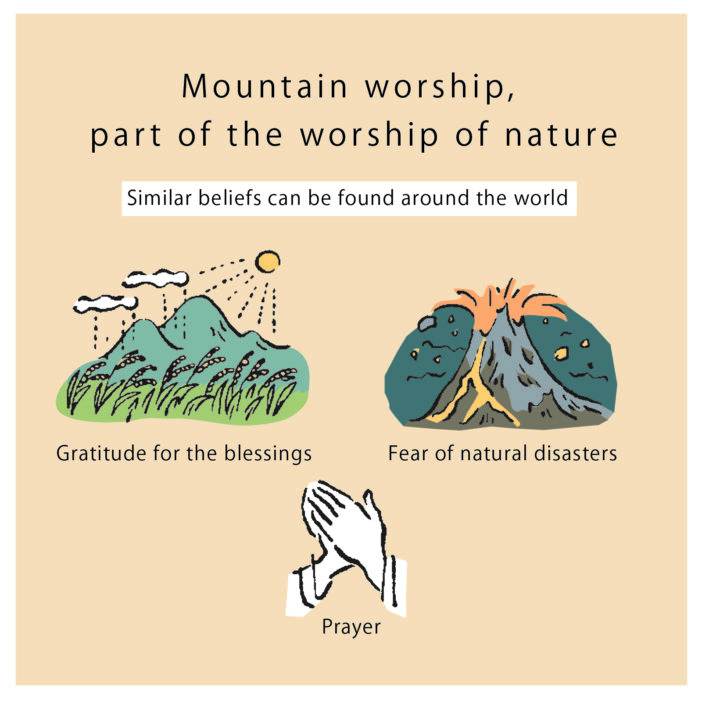
From the 6th century
The Imperial family founded the Dewa Sanzan mountains!?
The mountain was said to have been founded by Prince Hachiko (Nojo Taishi).

From the 12th century
The name of Haguro reaches Kamakura
Based around mountain worship, a unique mix of the religions of Shinto and Buddhism was established.

17th to 19th centuries
Peak season for pilgrimage to Dewa Sanzan
As the Edo period began, there was a boom in worship among common people and the number of worshipers visiting Dewa Sanzan increased rapidly. Mt. Haguro also became bustling.
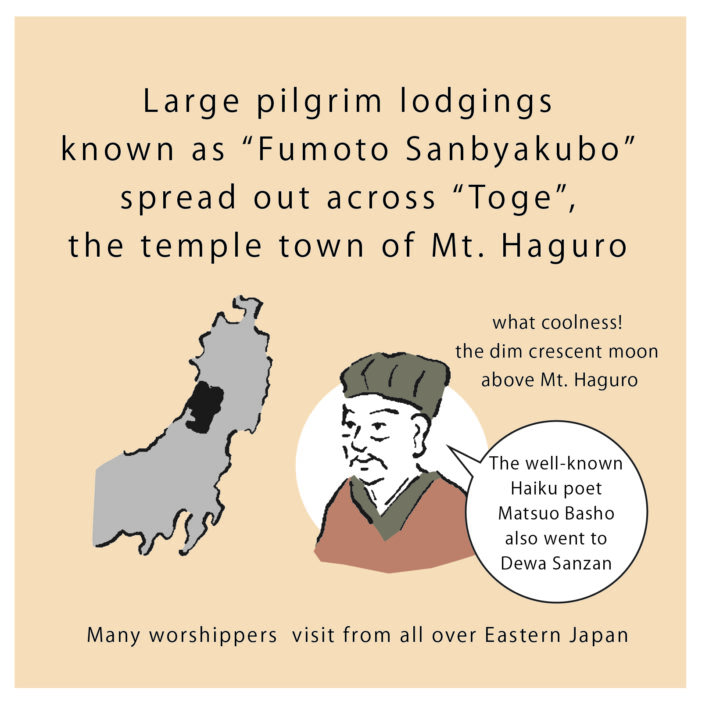
17th to 19th centuries
Creation of the foundation of the current landscape of Mt. Haguro
Two great men
Tenyu, the 50th steward of Mt. Haguro
Kakujun, the 75th steward of Mt. Haguro
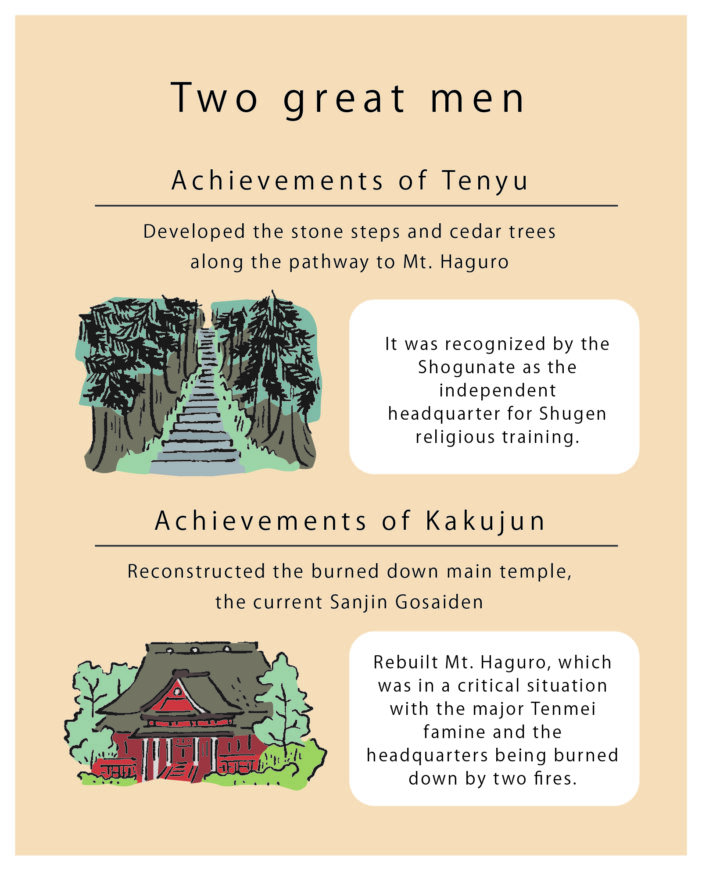
From the 19th century
Period of Hardship - The separation of Shintoism and Buddhism in the Meiji period
To carry out the policy of making Shinto the national religion by the Meiji government, there was a policy of separating Shinto and Buddhism.
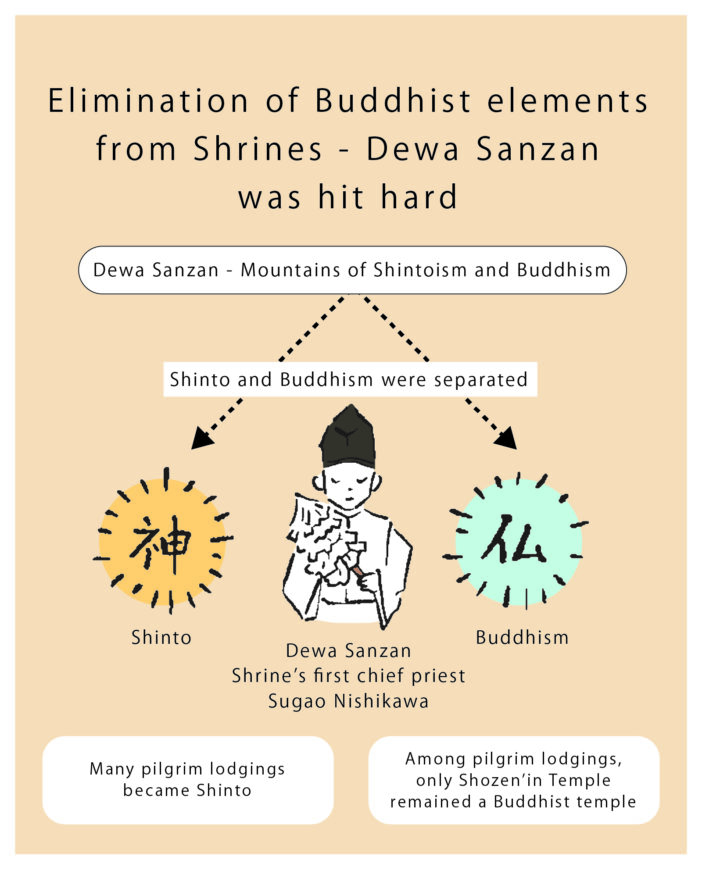
20th to 21st centuries
After World War II, while the era of State Shinto came to an end, there remained a separation between Shinto and Buddhism and shrines, temples and pilgrim lodgings started to take different paths.
In the Showa to early Heisei period, many people in the religious community packed sightseeing buses from all over eastern Japan.
Due to the declining birthrate and aging population within the religious community, worshippers decreased and there was a return to hard times.
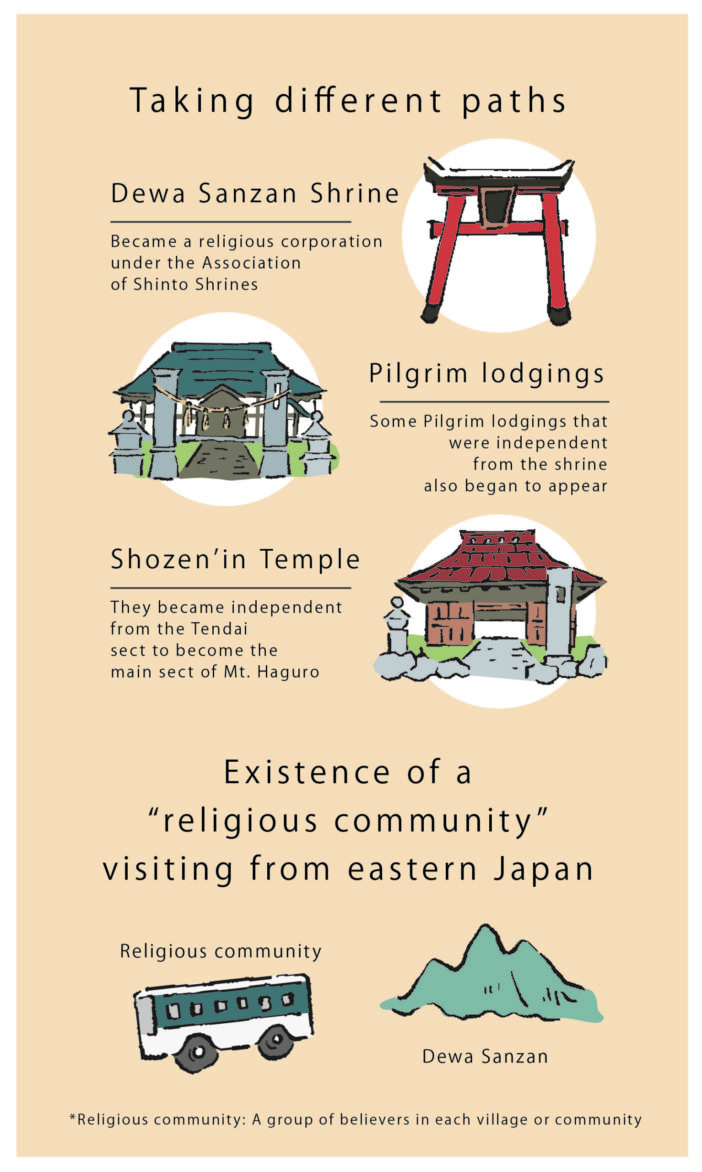
20th to 21st centuries
Cultural heritage status and use as a tourism asset
Things and items related to the Dewa Sanzan faith began increasingly to be registered as cultural property and utilized as a tourism asset.
In the year of Eto, when the mountain was opened, this led to a booming year of celebration and Yamabushi training also started for foreigners.
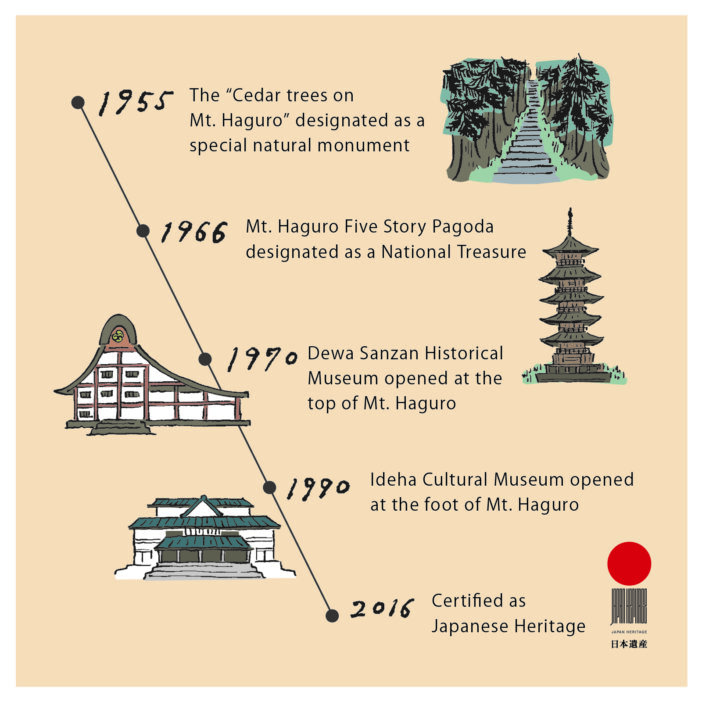
21st century
Towards the Future
2017 The “Senbutsudo” was built inside the shrine, enshrining 220 statues of Buddha.
2019 The chief priest of the Dewa Sanzan Shrine, the chief priest of the Shozen’in Temple, and the Daisho-bo pilgrim lodging held “three-way talks on the past, present, and future of the top and foot of the mountain.”
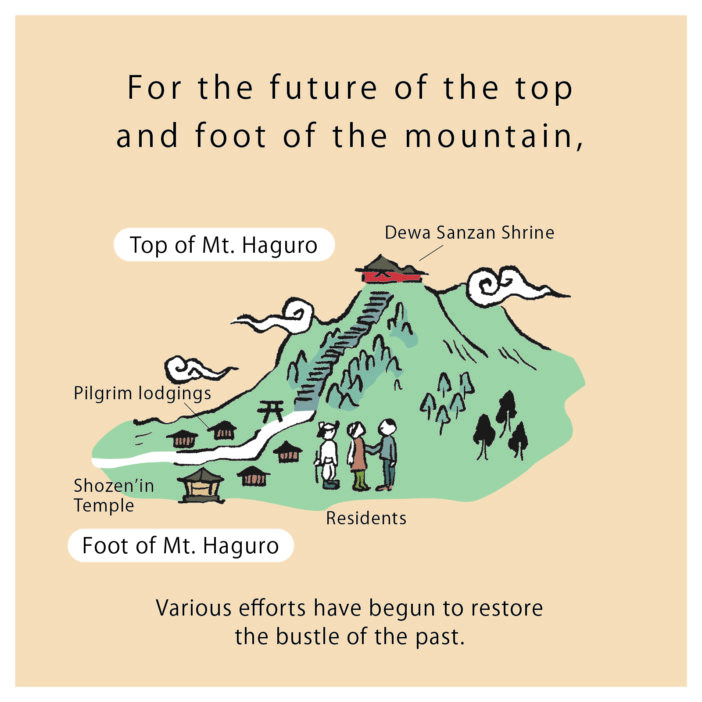
Get In Touch
